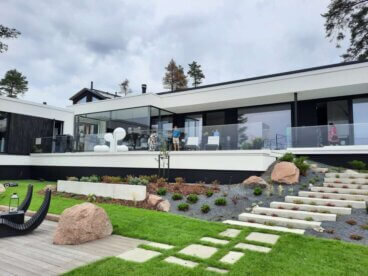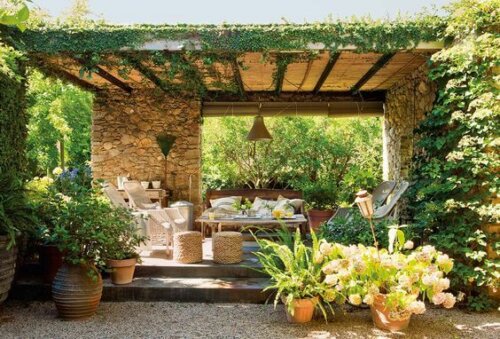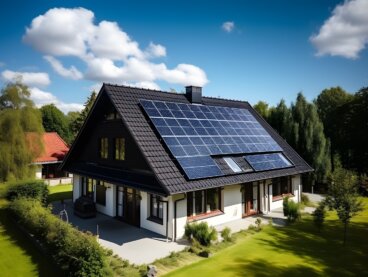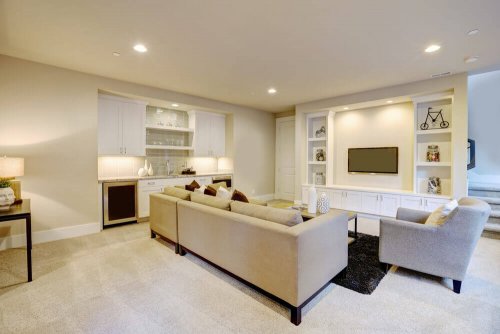Polycarbonate Panels: What Are They For?
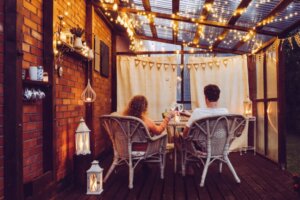
The structural materials that we use at home must be of the highest quality…that’s how they survive the test of time. For this reason, we should know what polycarbonate panels are and how we can use them.
Generally, we’re familiar with using wood, stone, cement, or glass in our homes. These materials are usually predominant, both indoors and outdoors. However, there are other possibilities and options that offer some great structural solutions.
Thanks to technology, we have multiple resources made with novel and original materials. Obviously, those we have known for a lifetime will continue to be present, but other typologies are firmly and sustainably making their way forward.
Uses and possibilities of polycarbonate panels
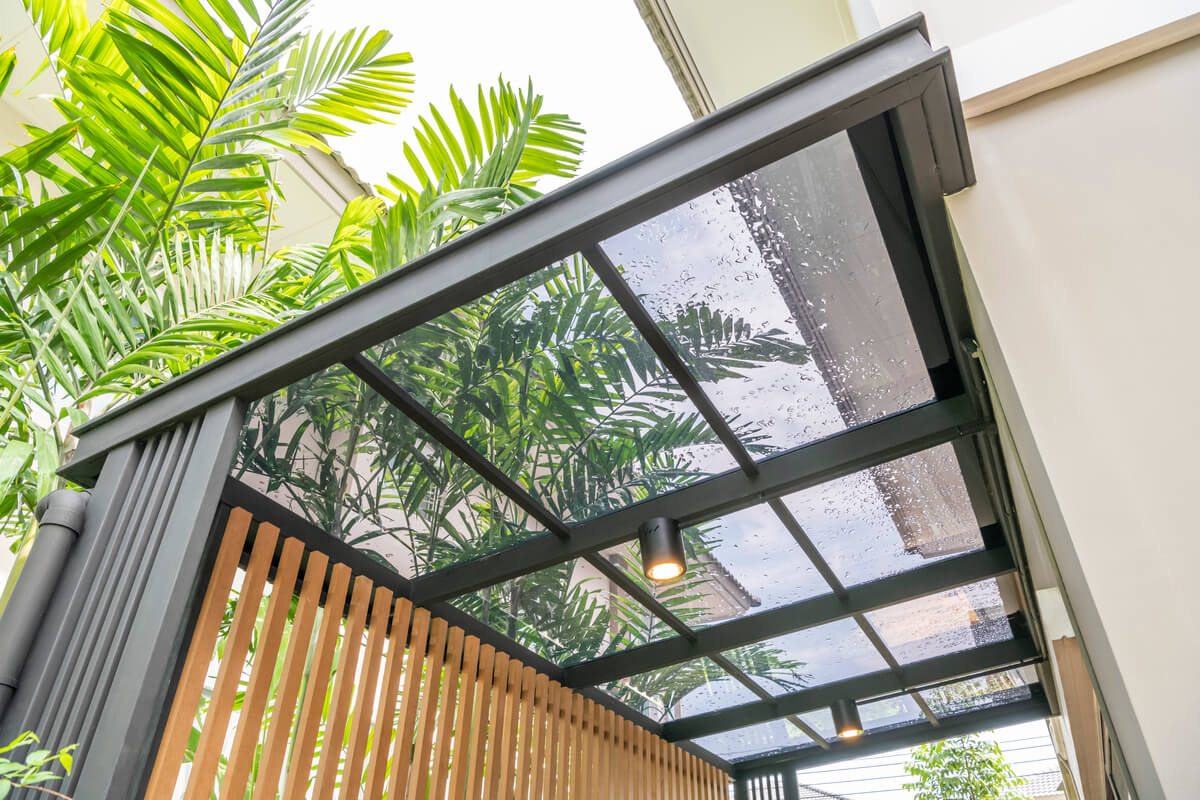
Polycarbonate is a polymer that’s part of the group of thermoplastics. By means of a series of chemical compositions, the product that we usually use at home is configured.
However, it doesn’t offer the same resistance as (for example) a stone wall. So it shouldn’t occupy a primary position in the structure of your building. But it does fulfill a series of functions that are truly useful for everyday use.
Depending on its arrangement, it helps us to insulate our rooms, sifts light, creates translucent dividers, and offers a more relaxed and modern image. Its use is vast–in addition to subtly contributing to your decoration.
Using polycarbonate panels outdoors
Many times we often complain about not having adequate rain covers or ways to reduce solar radiation. But in reality, we have options that we probably didn’t even consider! Let’s see some examples:
- Using polycarbonate panels as an overhang for a cornice can be a very appropriate system for the exterior. By means of metallic structures, the panels can be supported, in such a way that we can make a covering that provides protection and efficiency.
- Another case very similar to the previous one are canopies. Ultimately, they serve the same purpose, but they can have curved or straight formats that try to relate directly to the aesthetics of the building itself. This is something very typical of train stations, for example.
- Porches or patios can also be covered with this resource. If we want to get the most out of our exterior spaces, polycarbonate resists inclement weather well without losing any natural light.
- Entrance porches can also be made with a simple polycarbonate panel that protects us from the rain or the sun as soon as we leave the interior of our homes.
Creating a greenhouse
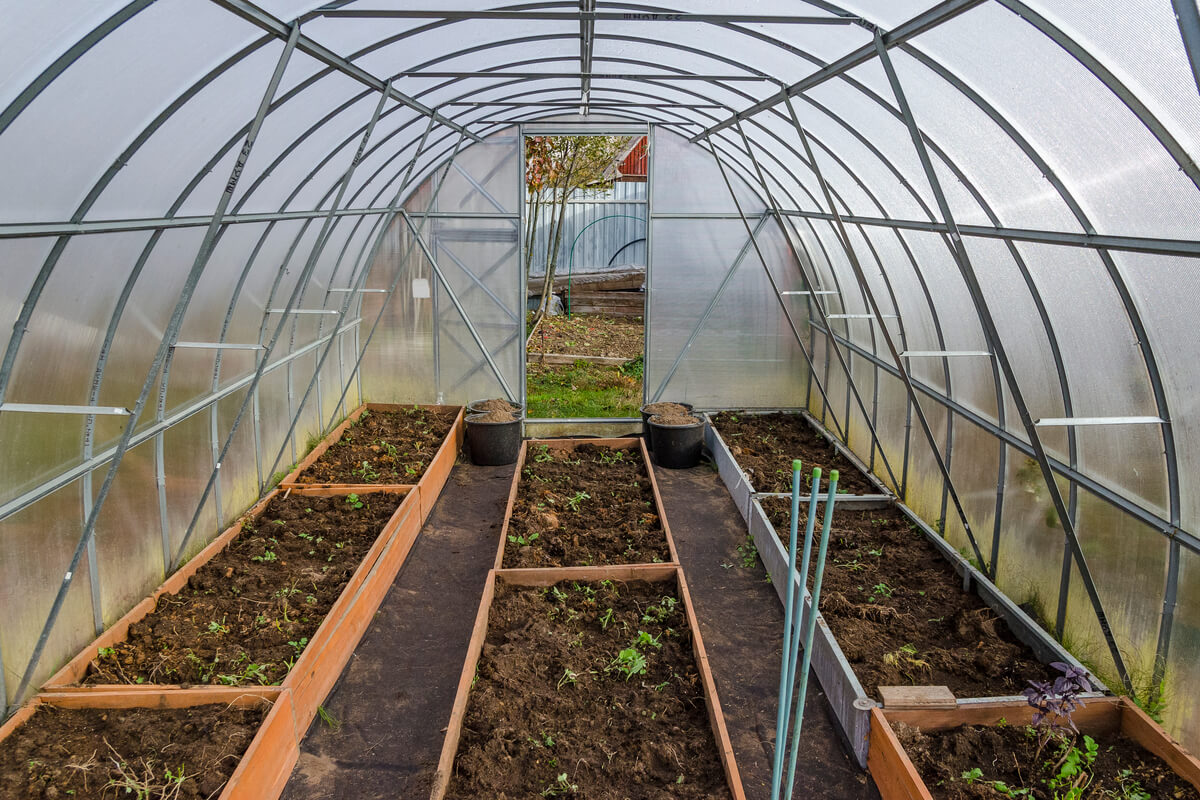
If you have a large garden, you have the option of creating your own greenhouse using polycarbonate panels. This is the most suitable material to make an urban garden or flower plantation.
This material protects the enclosure and, in addition, favors the entry of light. But, on the other hand, you can also obtain a warm climate throughout the year thanks, precisely, to its ability to maintain temperature. This is an essential factor for the development of crops.
Enclosed terraces
Polycarbonate panels also help us to enclose our terraces. The terrace size doesn’t matter, even if it’s very small. In this sense, enclosing your terrace allows you to further expand on your interior spaces…even in a city apartment.
By doing this, you’ll get much more out of this space, whether you create a storage place, a living room, a reading corner, or a small dining room. In addition, it’s not difficult to add skylights or openings for ventilation.
This enclosure system is very appropriate for country houses. Especially those that have large porches where you can create additional space such as living rooms, dining rooms, areas to receive guests, or for summer nights.
As you’ve read, polycarbonate undoubtedly offers very diverse solutions. In short, polycarbonate is a sustainable product that has a huge impact, on both functional and aesthetic levels.
All cited sources were thoroughly reviewed by our team to ensure their quality, reliability, currency, and validity. The bibliography of this article was considered reliable and of academic or scientific accuracy.
- Emma, Callery: Enciclopedia práctica de la decoración, Everest, 2001.
- Walton, Stewart: Guía completa de decoración: 1000 ideas de diseño para el hogar, Blume, 1997.


